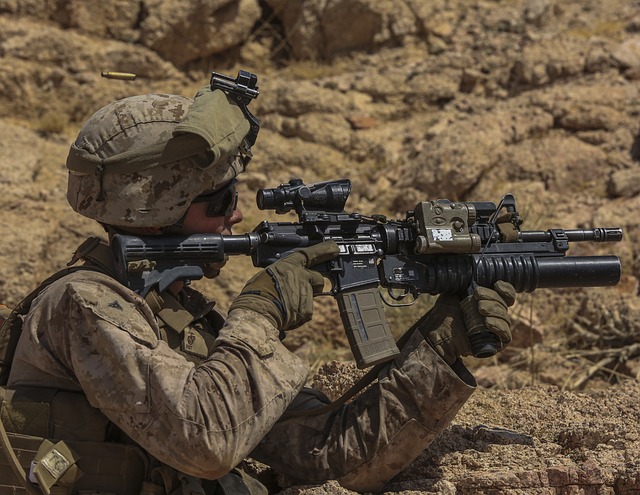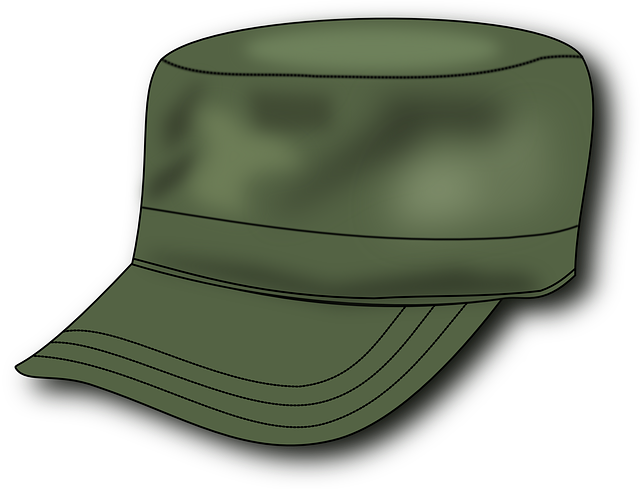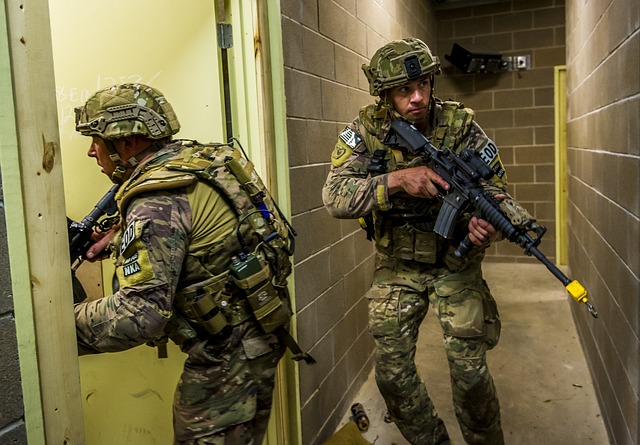Commemorative coins and medals, like those featuring the 1st Cavalry Division Ultimate Flags, are powerful tools for preserving historical narratives. Their intricate designs tell stories of battles, milestones, and cultural heritage, fostering connections between past and present generations. The production process involves meticulous design, minting, polishing, and quality control to ensure high standards. Proper storage, cleaning, and protection techniques are crucial for maintaining these artifacts' integrity and aesthetic appeal, ensuring they remain valuable educational resources for future generations.
Commemorative coins and medals, bearing intricate printed designs, have long served as tangible reminders of historical events and significant milestones. This article delves into the rich heritage behind these collectible pieces, focusing on the iconic 1st Cavalry Division Flag. We explore the minting process, highlighting the materials and techniques employed to create lasting keepsakes. Additionally, we discuss the importance of collection and preservation to ensure that the stories told by coins, like the 1st Cavalry’s flag, remain vibrant for future generations.
- Historical Significance of Commemorative Coins and Medals
- The Role of Printed Designs: A Closer Look at the 1st Cavalry Division Flag
- Production Process and Materials Used in Coin Minting
- Collecting and Preservation: Ensuring the Longevity of These Keepsakes
Historical Significance of Commemorative Coins and Medals

Commemorative coins and medals hold a significant place in historical narratives, serving as tangible reminders of pivotal events and honoring those who played crucial roles. These pieces, often struck with intricate designs and symbolic imagery, carry the stories of battles won, milestones achieved, and cultural heritage. For instance, the 1st Cavalry Division Flag, immortalized on numerous coins and medals, symbolizes courage and resilience, reminding future generations of the division’s legendary exploits in various conflicts.
Each coin or medal tells a unique story, preserving fragments of history for posterity. They are not merely collectibles but powerful artifacts that foster a deeper connection between the present and past generations. By showcasing significant events and figures, these commemorative pieces inspire curiosity, educate, and pay homage to the rich historical tapestry they represent.
The Role of Printed Designs: A Closer Look at the 1st Cavalry Division Flag

Printed designs on commemorative coins and medals play a crucial role in telling stories and honoring significant events, people, or symbols. When it comes to the 1st Cavalry Division Flag, these printed designs serve as a powerful medium for remembrance and celebration. The flag, with its distinctive pattern and colors, is a beloved symbol of military heritage and courage.
By depicting the 1st Cavalry Division Flag on commemorative coins, designers not only pay tribute to the division’s rich history but also ensure that this iconic emblem becomes accessible to a wider audience. These coins serve as tangible reminders, allowing folks to hold a piece of history in their hands. The intricate printing process captures the flag’s vibrant hues and intricate details, fostering a deeper connection to the division’s legacy.
Production Process and Materials Used in Coin Minting

The production process of commemorative coins and medals involves intricate steps, ensuring precision and quality. Minting begins with designing the artwork, which often includes symbolic elements like the 1st Cavalry Division Flag, representing heritage and pride. This design is then transferred onto a master die, a crucial component in the minting machinery. The die cuts or presses the design into metal sheets, typically made of pure or alloyed copper, zinc, or nickel.
After the initial striking, coins undergo various finishing techniques, including polishing and engraving, to achieve the desired level of detail and luster. Specialized coatings might be applied to enhance durability or create unique effects. The final step involves packaging and quality control checks to ensure each coin or medal meets the highest standards before distribution as cherished collectibles.
Collecting and Preservation: Ensuring the Longevity of These Keepsakes

Collecting and preserving commemorative coins and medals, like those featuring the 1st Cavalry Division Flag, is a meticulous art that ensures their longevity as keepsakes. These tangible pieces of history hold immense value not just for their aesthetic appeal but also for their narrative significance. To preserve them, collectors must take care to protect against environmental damage, such as excessive light exposure and humidity, which can cause fading or corrosion. Proper storage in acid-free containers is essential, along with regular cleaning using soft cloths and mild detergents to maintain their integrity.
Furthermore, knowledge of proper handling techniques is crucial. Gloves, for instance, can prevent the transfer of oils from skin that might damage the surface of the coin or medal. In addition, collectors should invest in high-quality display cases that offer protection against physical impacts and further environmental factors, ensuring these historical artifacts remain intact for future generations to appreciate and learn from.
Commemorative coins and medals, with their rich history and diverse uses, serve as tangible connections to significant events and organizations. From the historical symbolism of the 1st Cavalry Division Flag depicted on various mint pieces to the intricate production processes involving advanced technologies, these collectibles offer a unique blend of artistry and heritage. For collectors and enthusiasts, preserving and safeguarding these keepsakes through proper storage and care is essential to ensure their longevity, allowing future generations to appreciate and learn from these historical artifacts.
